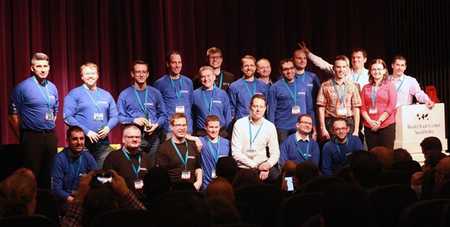SharePoint Code Maintainance and Unit Testing Talk at SPS Stockholm
February 17, 2015
Last weekend I have attended another SharePoint Saturday, this time in Stockholm. The weather was nicer than the last year, and the attendance was over the top: 300 attendees to learn about and discuss SharePoint topics from the expert speakers.

My talk was about how to build SharePoint code that's both maintainable and testing-friendly. I have approached the talk from the coarse to finer detail, from the distribution of the solution components into SharePoint to the dependency injection mechanisms and principles of SOLID and GRASP object-oriented design.


The demo I shared with the attendees was a very simple SharePoint provider-hosted app in ASP.NET MVC that displays the user full name and the login username. I started with a very coupled code that all sat in the Index action in the controller and I ended with a testable design that had the SharePoint ClientContext dynamically injected to the service at runtime, dutifully abstracted behind an interface. I used Unity IoC container and Moq for mocking the dependencies in the tests.
You can find the slides at my SlideShare page, as usual, and the source code for the demo (in a form of a Mercurial repository) on my OneDrive. I have received some very good comments about the topic and the techniques mentioned in the session.
If you have attended my session at SPS Stockholm, I have questions for you.
- What have you liked most?
- What haven't you liked at all?
- What could be done better?
Let me know how can I improve the talk for future events.